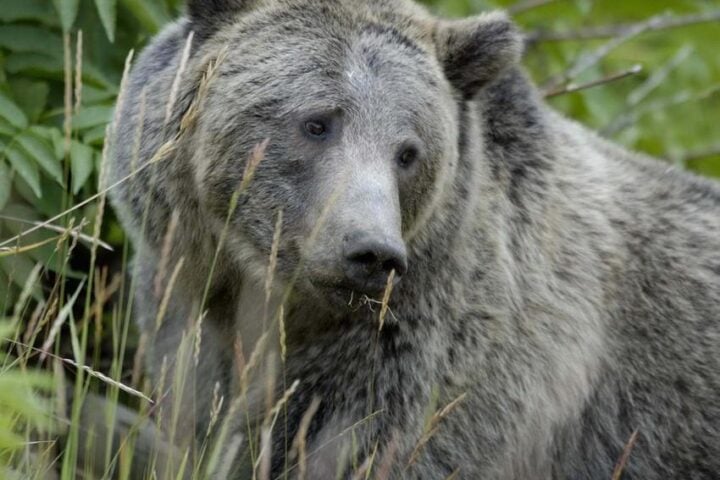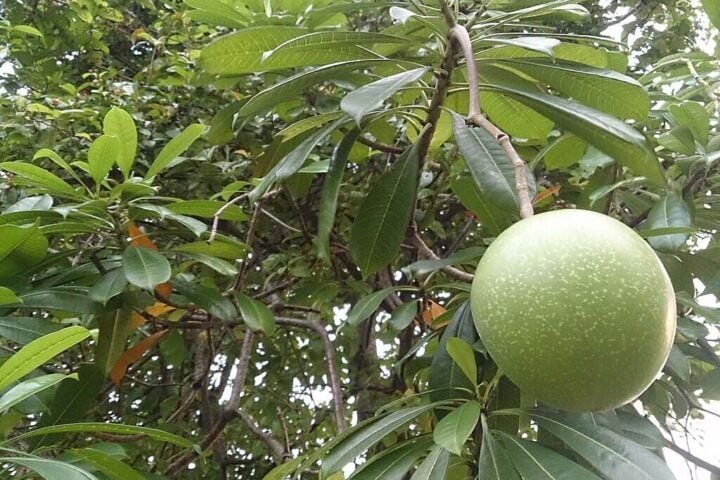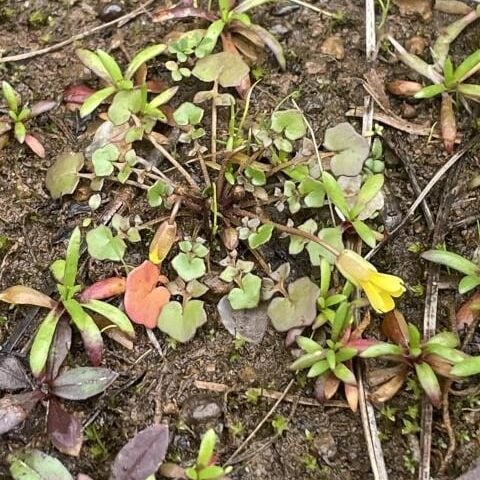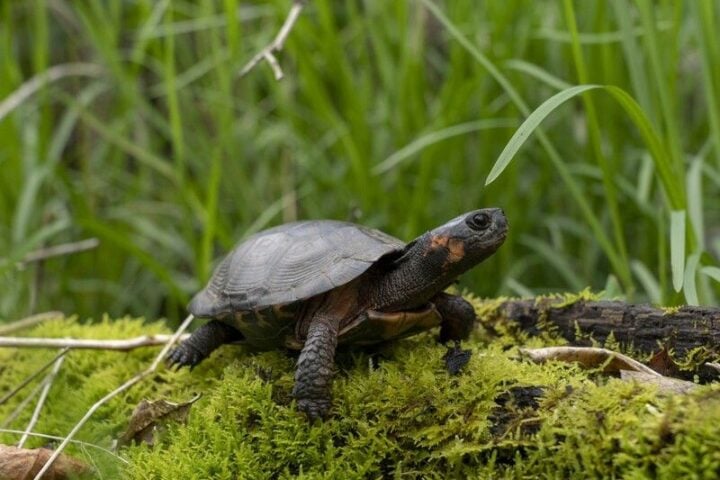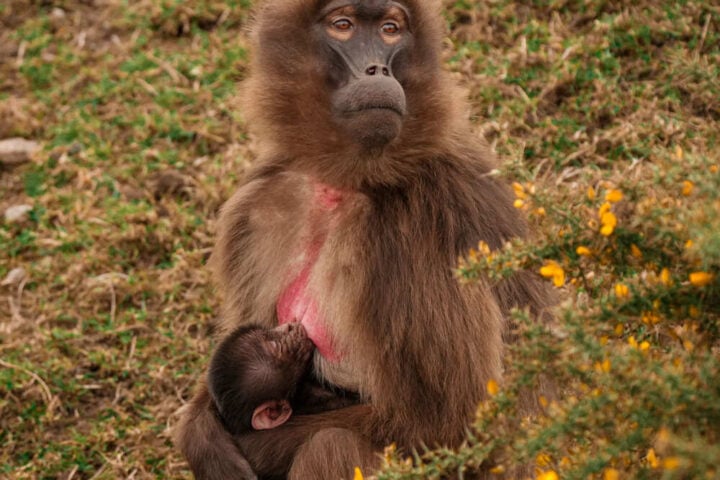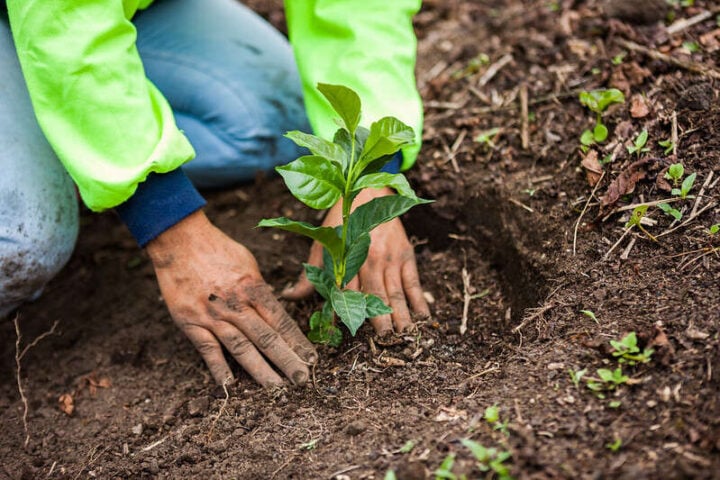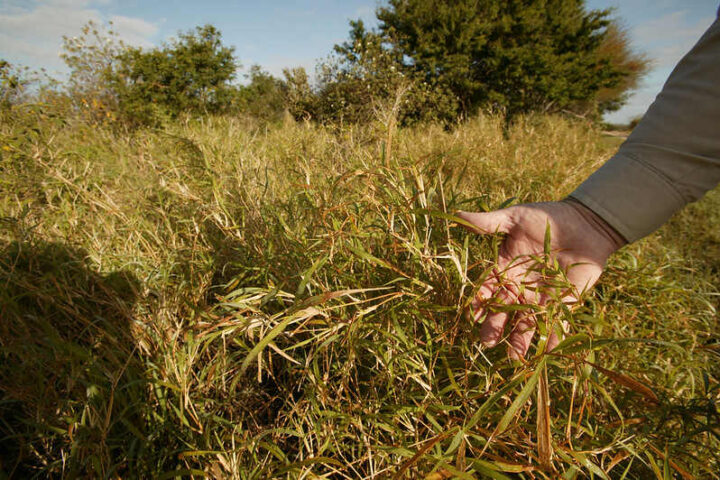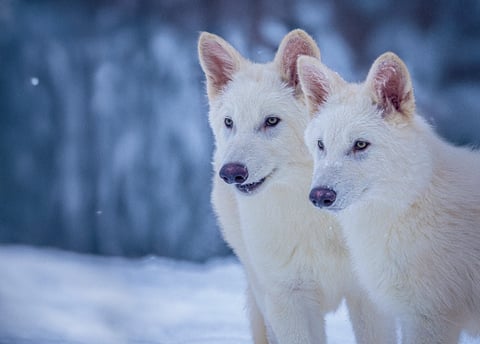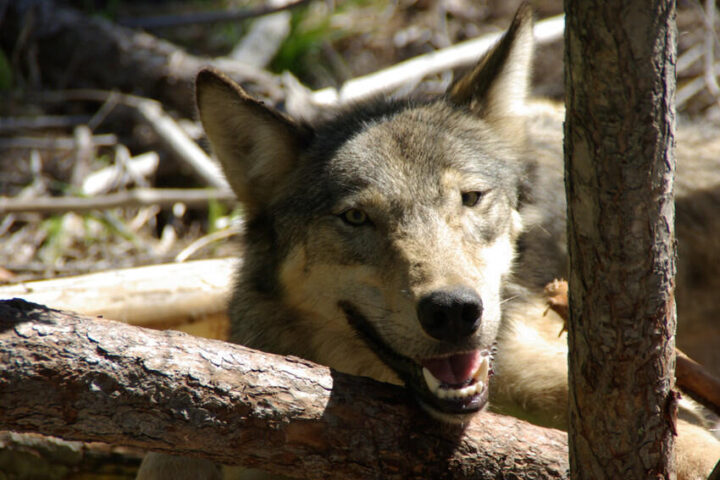Scientists are discovering how Earth’s earliest life forms learned to survive with oxygen by studying the hot springs of Yellowstone National Park.
Two scientists at Montana State University, Bill Inskeep and Mensur Dlakic, are looking at microscopic life in two hot springs – Conch Spring and Octopus Spring. These springs are special because their waters reach 190°F (88°C), where life thrives.
“When oxygen started to increase in the environment, these heat-loving microbes were likely important in the origin of life,” explains Inskeep, who has studied these tiny life forms in Yellowstone since 1999.
Inside these hot springs, thin threads called “streamers” wave in the hot water currents. While these threads look similar in both springs, they contain different groups of ancient microbes. The team discovered that Octopus Spring, which has more oxygen, is home to approximately 10 additional populations, including early-evolved bacteria and additional archaea, compared to Conch Spring.
This finding helps explain a major change in Earth’s history that happened about 2.4 billion years ago. During this time, called the Great Oxidation Event, Earth’s air changed dramatically. It went from having almost no oxygen to having the amount we breathe today – about 20% oxygen in the air.
Similar Posts:
The research shows how microbes in each spring developed different ways to survive. In Conch Spring, where there’s less oxygen, the microbes use special genes that help them live with very little oxygen. Meanwhile, the microbes in Octopus Spring use different genes that help them handle more oxygen.
“It would be nearly impossible to recreate these conditions in a laboratory,” Inskeep notes. “These natural hot springs give us the perfect place to study how ancient life adapted to Earth’s changing conditions.”
Dlakic adds on that by studying these simple life forms, we’re learning how all life on Earth, including humans, evolved to survive in changing environments. Understanding the basics helps us see the bigger picture.
The research team published their findings in Nature Communications, a respected science journal. Their work shows how studying tiny life forms in extreme places like Yellowstone’s hot springs can teach us about Earth’s history and how life adapted to major changes.
This discovery is especially important because it helps scientists understand how life survived one of the biggest changes in Earth’s history – the arrival of oxygen in our atmosphere. By studying these ancient microbes, researchers are piecing together the story of how life on Earth learned to use oxygen, a change that eventually made our current world possible.
The hot springs of Yellowstone continue to serve as natural laboratories, helping scientists uncover secrets about life’s earliest days on Earth. This research not only shows how life adapted to survive but also demonstrates the importance of Yellowstone’s unique environment for scientific research.
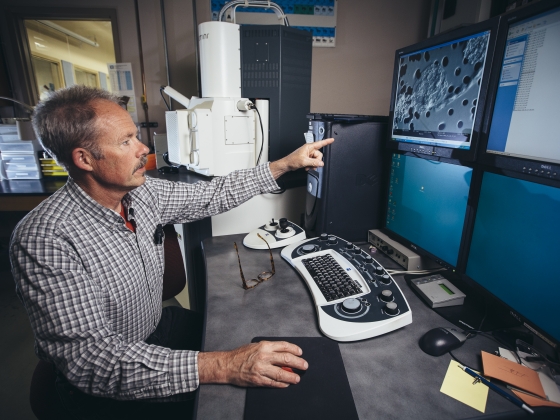


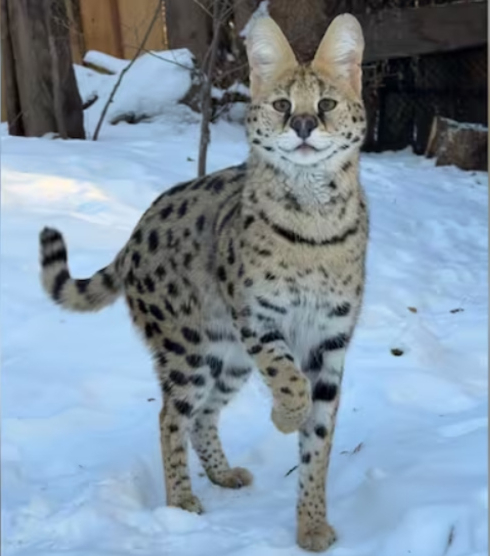
![Representative Image: European Starling [49/366]. Photo Source: Tim Sackton (CC BY-SA 2.0)](https://www.karmactive.com/wp-content/uploads/2025/04/Starlings-Drop-82-in-UK-Gardens-as-Birdwatch-2025-Reveals-Record-Low-Count-Since-1979-720x480.jpg)
